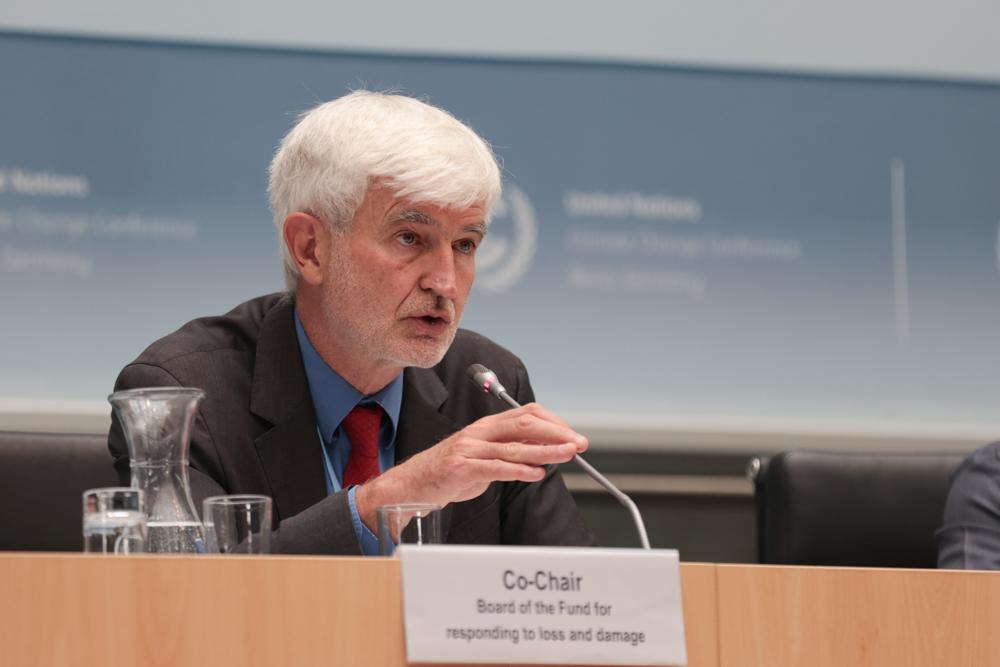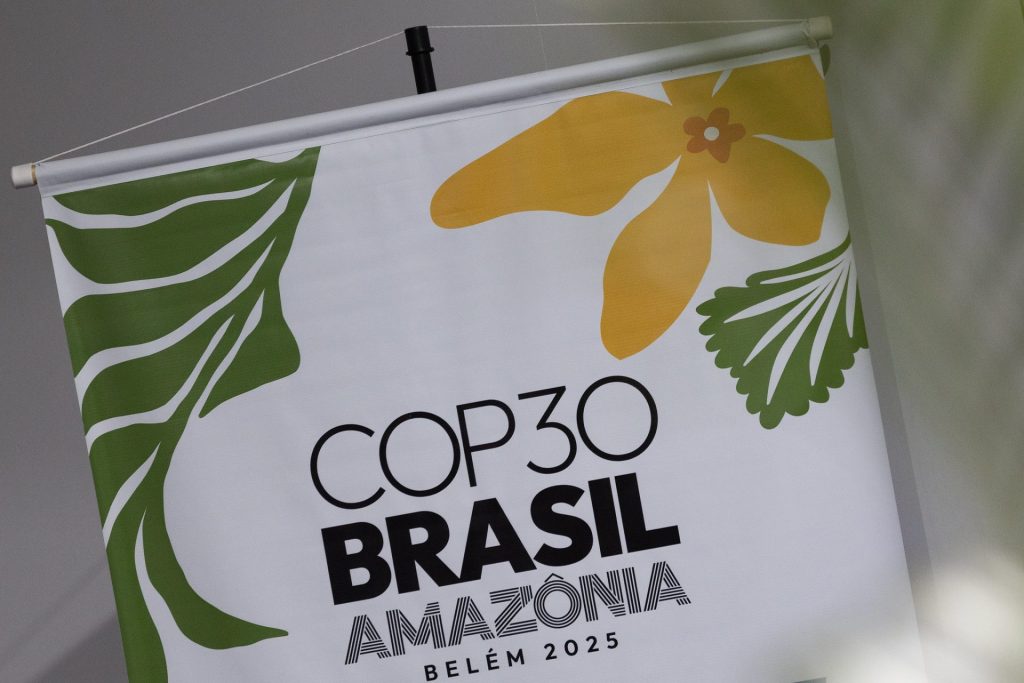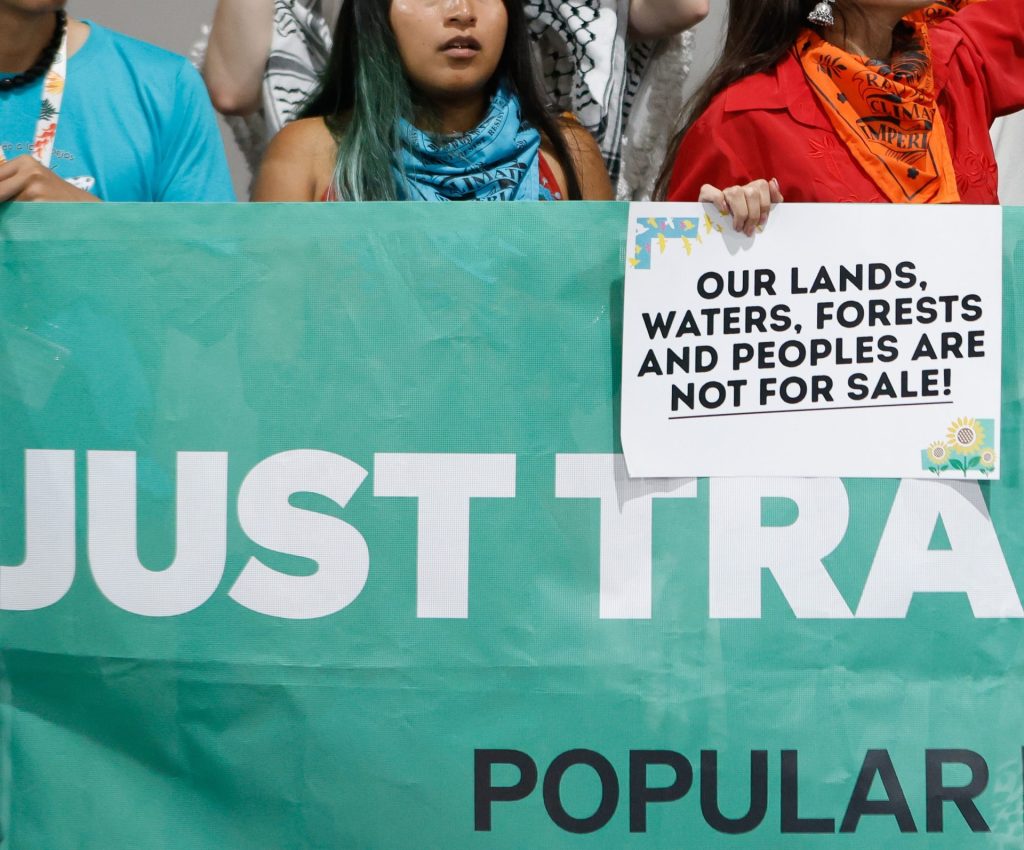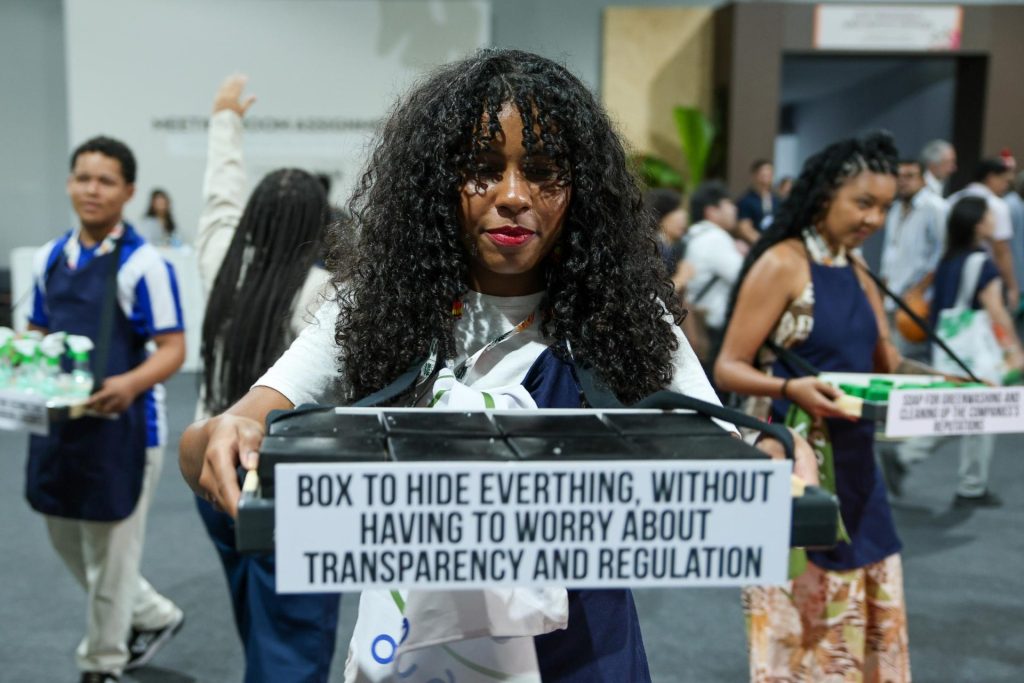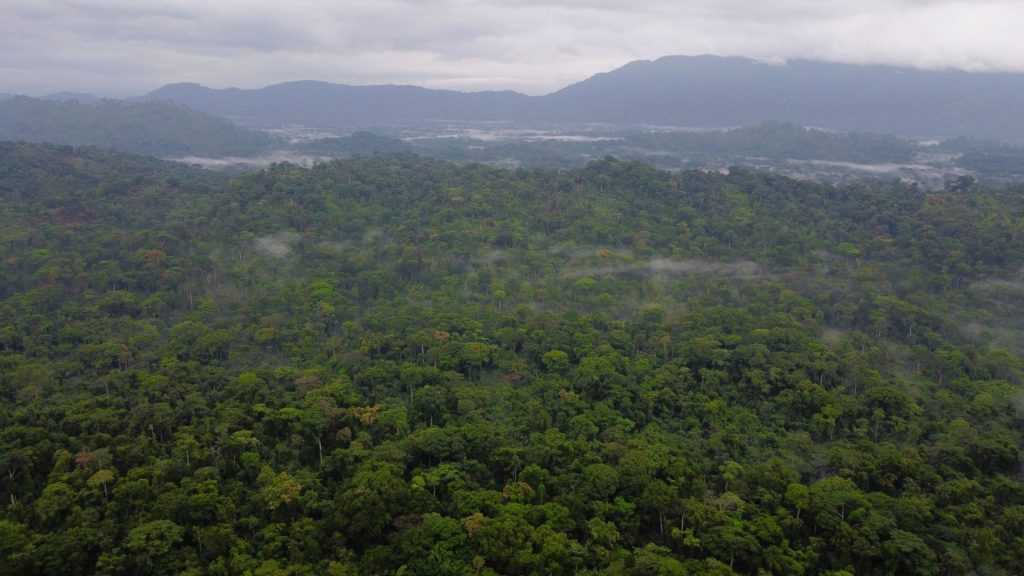The Birth and Evolution of the FRLD
The Fund for Responding to Loss and Damage (FRLD) was established to fill a critical gap in global climate finance—addressing the irreversible impacts of climate change that are beyond adaptation. From its inception, the fund aimed to provide dedicated resources to vulnerable countries, with a particular emphasis on Small Island Developing States (SIDS) and Least Developed Countries (LDCs).
For African nations, the establishment of the fund marked a significant victory. Its structure promises tailored interventions that consider the unique vulnerabilities of African states, prioritising community-led approaches and rapid-response mechanisms.
The initial capitalisation of the fund, while modest, is symbolic of growing international recognition of loss and damage as a distinct pillar in climate finance. With climate hazards intensifying, African negotiators have consistently advocated for more robust funding channels that not only address immediate recovery needs but also build long-term resilience against future climate shocks.
Outcomes of the Fifth Board Meeting and the US$250 Million Barbados Implementation Modalities (BIM)
In April 2025, the Fifth Board Meeting of the fund was held in Bridgetown, Barbados, setting a new course for its operationalisation. A landmark decision was made to launch the Barbados Implementation Modalities (BIM), with an initial US$250 million funding window dedicated to early interventions over 2025–2026.
Key features of the BIM include:
- 50% Allocation for SIDS and LDCs: Half of the funding is specifically earmarked for SIDS and LDCs, ensuring Africa’s most climate-vulnerable nations are prioritised;
- Country-led and Bottom-up Approaches: African countries have the opportunity to develop project proposals or ‘country requests’ that reflect local priorities and community needs;
- Grant-based Funding Mechanisms: Projects will receive grants ranging from US$5 million to US$20 million, with built-in flexibility for innovative, community-driven initiatives;
- Direct Budget Support and Community Focus: Emphasising rapid disbursements, the fund will support direct transfers to national governments for effective climate action.
The approach may be revolutionary for African countries, offering the chance to access more predictable funding streams while enhancing local resilience and empowering communities directly affected by climate change. It also ensures that funding mechanisms are not just reactive but anticipatory, addressing vulnerabilities before they escalate into crises.
The BIM also opens doors for African countries to leverage co-financing from other climate funds, such as the Green Climate Fund and the Adaptation Fund, enhancing synergies and reducing fragmentation in climate finance. This type of strategic alignment is crucial for scaling up resilience-building efforts across the continent.
Momentum from the First FRLD High-Level Dialogue
On 25 April 2025, the Fund held its inaugural High-Level Dialogue in Washington, D.C., on the margins of the World Bank-IMF Spring Meetings. The event sought to galvanise global political momentum behind climate resilience and support for vulnerable nations. The Co-chairs of the FRLD Board Jean-Christophe Donnellier and Richard Sherman, emphasised the need for collective action to ensure the Fund delivers timely, adequate, and coordinated support to those most affected by climate-induced loss and damage.
“This Fund was launched to strengthen our global capacity to respond to loss and damage… It is crucial that we work together to streamline our collective global response,” said Jean-Christophe.
A strong call for simplified and agile access was echoed by Pakistan’s Finance Minister, Muhammad Aurangzeb, who stressed the urgency of disbursement mechanisms.
A highlight of the Dialogue was the presentation of Proposed Actionable Commitments by Executive Director Ibrahima Cheikh Diong, outlining steps to reduce fragmentation in climate finance and strengthen partnerships across institutions like the Santiago Network, Climate Investment Funds, Adaptation Fund, and Global Shield.
Negotiation Priorities at the Sixth FRLD Board Meeting
Looking ahead, the Sixth Board Meeting of the FLRD scheduled to be held between 9-11 July, 2025 in Cebu, Philipines, is set to refine the Fund’s operational models and enhance access modalities. Key negotiation points expected to dominate discussions include:
- Scaling Up Finance for Loss and Damage: African countries are expected to push for increased capitalisation of the Fund, arguing that the current US$250 million is a fraction of what is needed to address escalating climate risks. Estimates suggest that Africa alone needs billions annually to address loss and damage effectively.
- Access Modalities and Direct Budget Support: There is growing support for simplified access modalities that allow for direct budget support, ensuring faster deployment of funds at the community level. This would enable countries to respond swiftly to climate disasters without the bureaucratic delays that often plague international assistance.
- Readiness Support: Discussions will need to explore the design and resourcing of a readiness support window. This will assist countries in preparing effective requests to the Fund and strengthening institutional arrangements. Discussions will need to agree on and ensure that this compliments existing readiness mechanisms like those under the Santiago Network or other climate funds like the Green Climate Fund or the Adaptation Fund.
- Results Framework: There is consensus on the need to establish a credible, participatory results framework that ensures accountability and measures the impact of the Fund’s interventions in vulnerable communities. However, African delegations will need to ensure that the support includes funding that is complementary to humanitarian actions taken immediately after an extreme weather event but also funding for intermediate or long-term recovery, reconstruction or rehabilitation. It would also need to include funding for actions that address slow onset events as highlighted in the Governing Instrument.
- Private Sector Engagement and Blended Finance: While many African negotiators remain cautious, there is rising interest in exploring blended finance options to amplify the impact of the Fund’s investments. Leveraging private capital alongside public funds can potentially scale up projects, although concerns about community sovereignty and local ownership remain.
- Non-economic Losses and Local-led Adaptation: African nations should advocate for stronger mechanisms to address non-economic losses, such as cultural heritage, biodiversity and social dislocation, which are often overlooked in traditional climate finance mechanisms. This represents a critical step towards acknowledging the full spectrum of climate impacts experienced by African communities.
What African Countries should focus on next
To fully leverage the opportunities presented by the FRLD, African countries must:
- Streamline National Processes: Designate National Focal Points for the Fund and prepare country requests that are community-driven and context-specific.
- Build Regional Solidarity: Enhance collaboration within the African Group of Negotiators (AGN) to present a unified voice at the Sixth Board Meeting.
- Strengthen Local Capacities: Focus on building the technical capacity of local governments to design and implement scalable climate resilience projects.
- Engage with the Private Sector Strategically: Seek innovative partnerships that complement public investments while safeguarding community priorities.
- Maximise Complementarity: Work with other climate funds to layer support and reduce duplication, ensuring efficient use of resources.
Global Perspectives and Diverging Interests
While African nations are prioritising community-led adaptation, direct access, grant based finance and non-economic loss recovery, other regions, particularly SIDS, are emphasising the need to adequately resource the fund at scale. In contrast, wealthier nations have been more focused on integrating private sector investments and blended finance into the Fund’s operations—a point of divergence that is likely to influence the next round of negotiations.
For Africa, the path forward lies in rallying behind a cohesive strategy that demands scaled-up finance, inclusive access, and transparent governance structures that place communities at the centre of climate resilience efforts.

